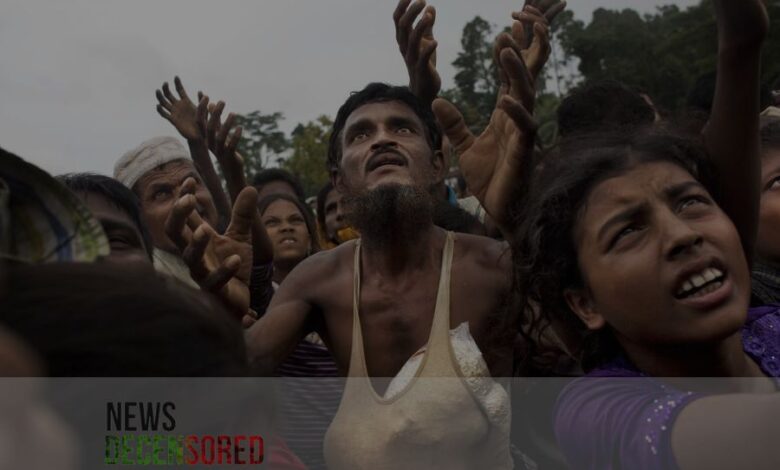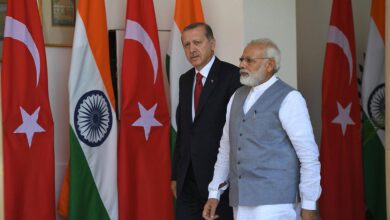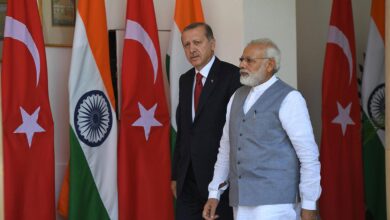The Plight of the Rohingya in India: Living in Fear, Fighting for Hope

The story of Muhammad Hamin, a Rohingya refugee in India, paints a picture of a community living in constant fear. Since the Manipur government’s attempt to deport Rohingya in March 2024, a dark cloud has hung over their fragile existence. Hamin, pursuing his education in New Delhi, finds solace neither in sleep nor in the holy month of Ramadan as anxieties about deportation consume him.
This fear is a bitter pill to swallow, especially considering the recent implementation of the Citizenship Amendment Act (CAA) in India. The Act grants citizenship to persecuted minorities from neighboring countries, excluding Muslims like the Rohingya. This blatant discrimination stings deeply, highlighting their precarious situation.
The Rohingya’s plight is a long and tragic one. A Muslim ethnic minority from Myanmar, they are denied citizenship, rendering them stateless and vulnerable. Decades of violence and repression culminated in a brutal military campaign in 2017, forcing over 750,000 Rohingya to flee to Bangladesh. Many also sought refuge in India, either directly or after escaping the overcrowded camps in Bangladesh.
Although the UNHCR recognizes them as a persecuted community, India’s lack of a refugee law leaves their status uncertain. Hamin, who arrived in 2018 to pursue education, represents the aspirations of many Rohingya seeking a better life. However, their existence remains precarious, subject to the whims of a government with no clear policy on refugees.
The Indian government’s stance during a recent Supreme Court hearing adds another layer of despair. Denying the Rohingya’s fundamental right to life contradicts India’s constitutional principles and the UN’s non-refoulement policy, which prohibits returning refugees to danger zones.
Salai Dokhar, a Rohingya activist in India, fears the consequences of deportation in the midst of Myanmar’s ongoing civil war. He worries that the refugees might face violence or be used as pawns in the conflict. Dokhar proposes handing them over to the National Unity Consultative Council, a Myanmar opposition platform, if deportation remains inevitable.
The Rohingya community also faces social media hate campaigns, further marginalizing them. Hamin and fellow refugee Muhammad Kawsar filed a petition against Facebook for failing to remove such harmful content. The Rohingya’s portrayal in Indian media as a security threat exacerbates their challenges, creating a hostile environment.
Nay San Lwin, a Rohingya activist based in Germany, emphasizes the need for protection until the situation in Myanmar stabilizes. The right-wing government’s apathy and the media’s portrayal paint a bleak picture for the Rohingya in India.
Hamin’s story serves as a stark reminder of the human cost of persecution and the complexities of refugee issues. The Rohingya in India yearn for a safe haven, a chance to rebuild their lives with dignity and hope for a brighter future. Their struggle serves as a call to action for India and the international community to uphold the principles of human rights and refugee protection.



